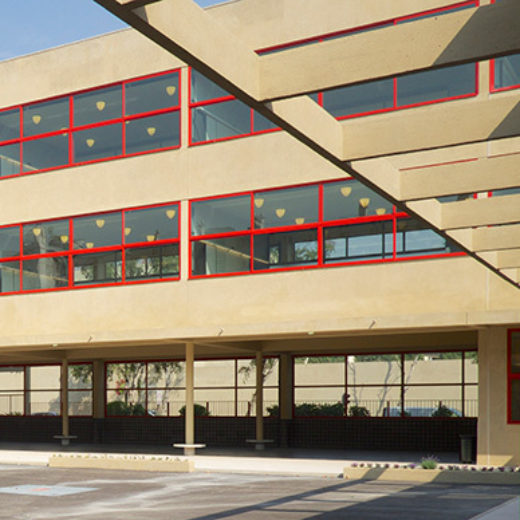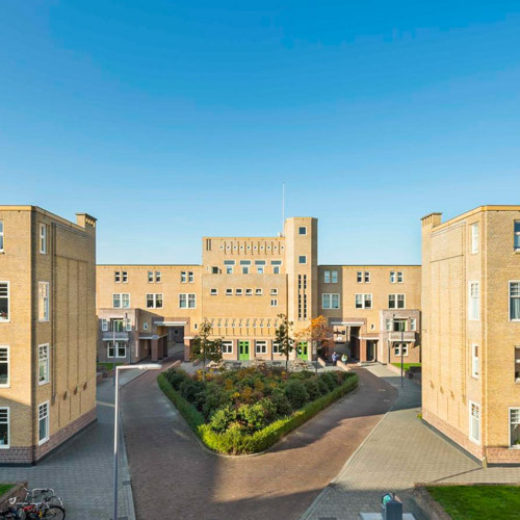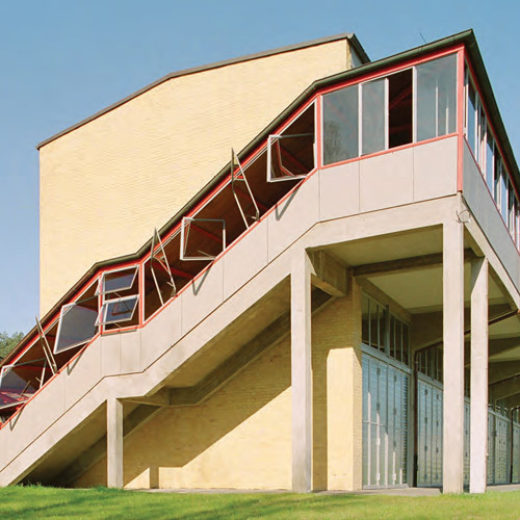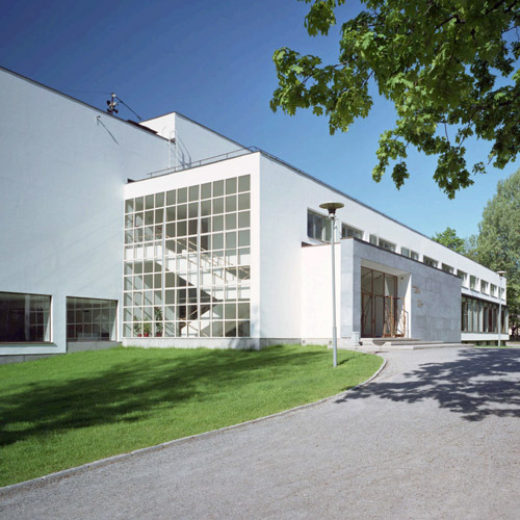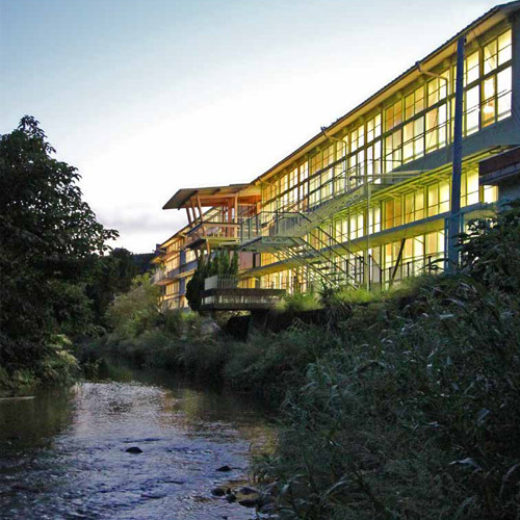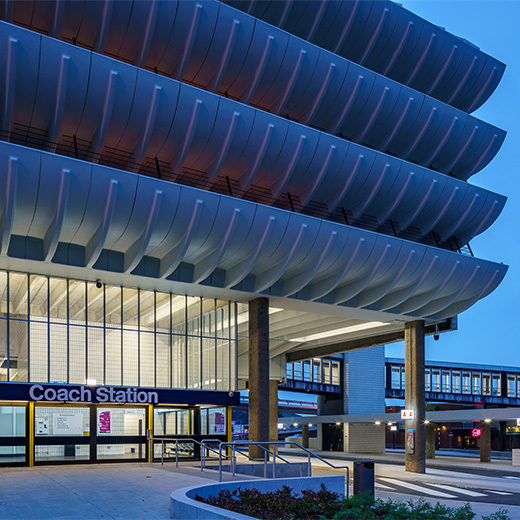Zonnestraal Sanatorium
World Monuments Fund
Zonnestraal Sanatorium
The 2010 World Monuments Fund/Knoll Modernism Prize is awarded to Bierman Henket architecten and Wessel de Jonge architecten for the restoration of the Zonnestraal Sanatorium. Located in Hilversum, The Netherlands, the sanatorium was originally designed by Johannes Duiker and Bernard Bijvoet.
Zonnestraal is a modern movement gem of concrete and glass, revelatory in its own time and a discovery anew each time architects and historians have rediscovered it after years of neglect. Now as Wessel de Jonge’s and Hubert- Jan Henket’s work on the restoration comes to a key stage of completion, it reconfirms without a doubt that Zonnestraal stands as one of the most experimental designs in the fervently creative decades of modernism between the two world wars. A beacon of Dutch rationalism, it is also a major work of modern architecture that can now be experienced in a way that resonates with its original architects’ intentions.
-Barry Bergdoll, Jury Chairman
Zonnestraal Sanatorium was designed between 1925 and 1927 by Jan Duiker (1890– 1935), the leading spokesman for the modern movement in the Netherlands, Bernard Bijvoet (1889–1979), and structural engineer Jan Gerko Wiebenga (1886–1974). Completed in 1931, the sanatorium functioned as a rehabilitation center for tuberculosis patients and was designed with the conviction that a cure for the deadly disease would be discovered within thirty to fifty years. Embracing the progressive ideals of the modern movement, Zonnestraal’s architecture sought short-term functionality, providing the requisite lighting and ventilation that specialists postulated was necessary to treat the illness.
Zonnestraal was celebrated as a significant monument in the early years of the modern movement even while it was under construction. The death of Duiker in 1935 and progress in the eradication of tuberculosis following the Second World War, however, saw the sanatorium soon fade from public and academic notice, falling into disuse and disrepair, with sections almost literally disappearing into the surrounding landscape. For nearly two decades, Zonnestraal was forgotten.
In the 1960s, however, the sanatorium was rediscovered and deemed by architectural historians to be a major monument of modern architecture. In 1982, faced with the looming physical decline and programmatic obsolescence of a growing body of modern architecture in The Netherlands, the Dutch government convened leading architects, headed by Hubert-Jan Henket and Wessel de Jonge, to address this problem. Zonnestraal was the monumental iconic example used as the template for the study on how to save modern buildings. Completed in 1987, the study led not only to a conservation program for Zonnestraal, but to the eventual creation (in 1988) of an international movement to save great works of modern architecture: DOCOMOMO. Zonnestraal’s physical survival was assured when it received landmark protection in 1995.
Over the last 15 years, exhaustive research and painstaking conservation and reconstruction by Messrs. Henket and Wessel de Jonge have seen the sanatorium restored to its original splendor and re-purposed for contemporary use. Zonnestraal now serves as a multi-purpose health facility, accommodating several health care providers, an obesity clinic, a sports injury rehabilitation clinic, and a conference center.
The conservation effort to save the sanatorium is both immediate and long-term, site specific and global. Nearly eighty years after its original date of completion, the architects’ commitment to restoring the complex architecture and reviving its purpose furthers the legacy of Zonnestraal as an icon of the modern movement.
















